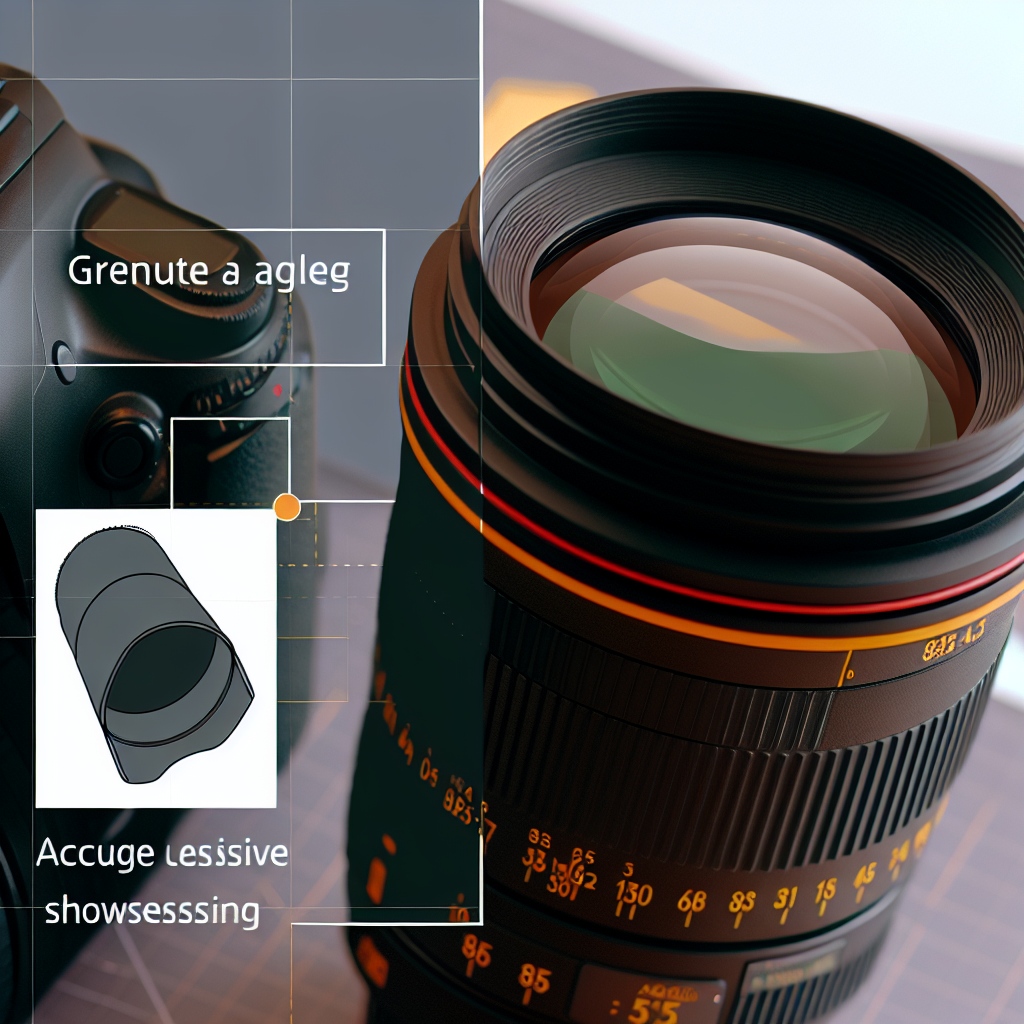In this article, we will explore the Excitech Toolkit for AutoCAD with a special focus on how to effectively show XData. Understanding how to access and display Extended Data (XData) within AutoCAD can significantly enhance your workflow by providing richer information embedded in drawings. Let’s dive into the features and techniques that make this toolkit invaluable for AutoCAD users.
Understanding XData and Its Importance in AutoCAD
In AutoCAD, XData (Extended Data) is a powerful feature that allows users to attach custom, structured information to drawing entities. This data can include anything from project details, material specifications, to status updates, making it a vital component for comprehensive project documentation and data management.
By utilizing the Excitech Toolkit for AutoCAD, users gain streamlined access to this data, simplifying tasks like data extraction, display, and editing. The ability to visually show XData directly in your drawings enhances clarity, facilitates troubleshooting, and improves collaboration among project teams.
Why Use the Excitech Toolkit to Show XData?
- Efficiency: Simplifies data retrieval without complex scripting or manual checks.
- Accuracy: Ensures that the data displayed is consistent and up-to-date, reducing errors.
- Integration: Works seamlessly within AutoCAD, complementing your existing workflows.
How to Show XData in AutoCAD Using the Excitech Toolkit
Using the Excitech Toolkit to display XData involves several steps that allow you to access, interpret, and visualize embedded information effortlessly:
- Installing and Accessing the Toolkit: First, ensure the Excitech Toolkit is properly installed within your AutoCAD environment. It provides enhanced commands and palettes tailored for managing XData.
- Selecting the Entity: Choose the drawing entity (like line, polyline, block, or attribute) that contains the desired XData.
- Using Show XData Command: Invoke the dedicated command provided by the toolkit. This command fetches all XData associated with the selected entity.
- Interpreting the Data: The toolkit displays the XData in a readable format, often within a dialog box or palette, allowing for review, editing, or exporting.
- Visualizing in the Drawing: To make the data more accessible during your design review, the toolkit can also generate visual cues, such as labels or annotations, that display specific XData points directly within the drawing.
This process not only simplifies data management but also enhances your ability to communicate complex project details directly on your AutoCAD drawings.
Conclusion
Leveraging the Excitech Toolkit for AutoCAD to show XData empowers users to manage and visualize embedded information more effectively. Understanding how to access, interpret, and display this data enhances productivity, accuracy, and collaboration in your projects. Embracing these tools can transform your AutoCAD experience by making data-driven decisions seamless and straightforward.
